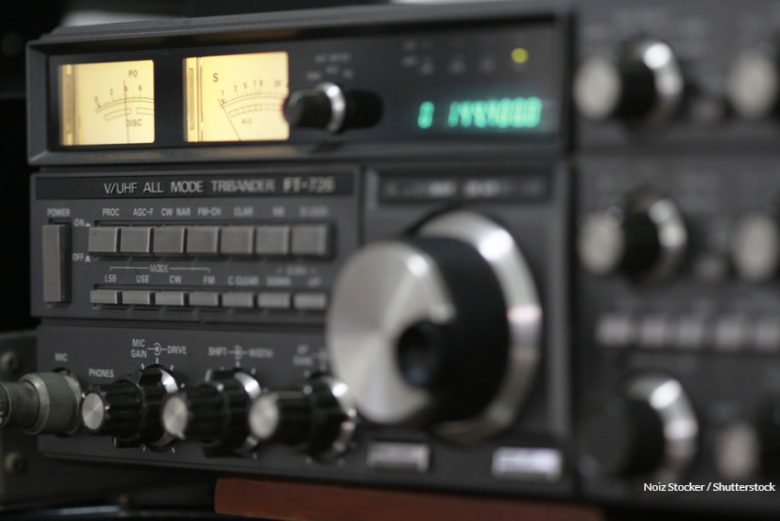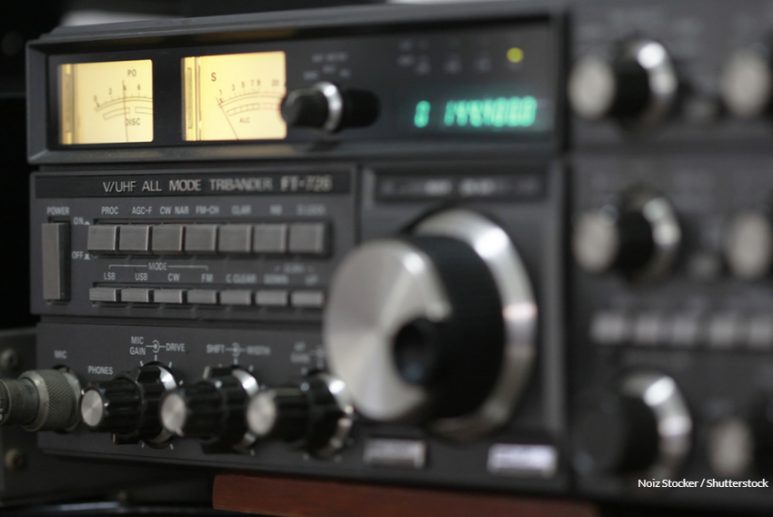By Abjata Khalif
Living conditions in the northern Kenya regions of Wajir, Mandera, Garissa and Tana River are unsafe. Northern Kenya, which borders Al-Shabaab controlled regions of Somalia, is prone to conflict and terrorism. Over the years there have been numerous terrorist attacks, abductions, and armed violence from clan militia with ties to islamist groups such as Al-Shabaab. Terrorist attacks are common. Most of these attacks target non-locals, mostly Christians, who reside in northern Kenya towns and villages. Interestingly, the islamist groups use local radicalized and trained youth to wage such attacks targeting non-Muslims in the region. The reason why Al-Shabaab uses the trained local youths is because they know the terrain, addresses, personalities and individuals, clans and local culture well. It is also easy for trained local youths to mingle with the community once they wage an attack which make it hard for security forces to find them.
However, amid such precarity community radio offers hope to those living in the region. The radio was created by a community media organization called ‘Pastoralist Journalists Network-Kenya‘ who focuses on media literacy and media advocacy among other issues.

Every evening, those working in the radio station dedicate their time in planning and organizing for the popular shows. The radio host and the radio’s producers do thorough research on the issues to be discussed and make sure the guests have arrived in the premises of the station. The station’s agenda is large and diverse and includes topics that range from interfaith cohesion building and debunking fake news to addressing violent extremism and ensuring journalist’s freedom and safety are respected and assured. Another topic that have become popular in the last years is, of course, Covid-19 and conspiracy theories related to it. Due to the wide range of issues, community radio shows have become popular with communities, journalists, interfaith leaders and government institutions as they offer an informative and interactive platform for information.
For the communities that live in villages that border Somalia listening to the radio is not an easy task due to power issues. In order to listen to the community radio programmes they need to use solar powered radios. At the same time, one solar powered radio serves 10 community members inhabiting the porous border.
During the time that Media Diversity Institute visited the radio station, the host was talking to three guests from local religious communities and one regional security expert. The guests were discussing the recent abduction of a non-local Christian medic from Fino, a town in northern Kenya at the borders with Somalia. The medic was taken just a few days before airing the show by Al Shabaab which is present in these areas.
According to Dekha Hassan, a programme coordinator with the local community media group, the reasons the community radio station started is because of the friction that was caused between religious communities in the region.
“For last five years all terrorist attacks were targeted at non-local Christian with the aim of inciting inter religious feud and driving Christians out of northern Kenya. They nearly won because interreligious suspicion and despondency was high,’ Dekha Hassan told Media Diversity Institute.
Dekha Hassan believes that the lack of communication channels between religious communities contributed to the fake belief that local Muslim communities were in support of Al Shabaab.
“Absence of communication channels between faiths in northern Kenya at that time exacerbated suspicion and fear. We came in and offered a radio platform which brings interfaith leaders and experts together and helps to repair interfaith relationships, and fight violent extremism,” she added.
John Ngariama, a member of the Garissa Interfaith Network added that the radio platform restored hope to threatened faiths as people heard messages of hope, cohesion and harmony spreading by group interfaith leaders.
“Radio shows on religious issues were a game changer and assisted in building and restoring interfaith solidarity to families who were living in fear,” John Ngariama told Media Diversity Institute.
Al Shabaab’s attacks in the region, which included an attack at Garissa University where 42 Christian students were killed have brought fear among the community.
“Al-Shabaab carried major attacks targeting non-Muslims in northern Kenya and their plan was to sow seeds of religious discord and violence. It’s something that has been borrowed from the playbook of West Africa’s, Boko Haram,” Asha Abdi, head of violent extremism program at Garissa based Horn- Afric Consultancy told Media Diversity Institute
But the power of the community radio shows as well as the listening group sessions played a key role in stopping the Al-Shabaab narratives and exposed their attempts to turn interfaith communities against each other.
The radio station, however, did not go unnoticed by Al-Shabaab. Journalists behind the radio platform and others who were at the frontline packaging investigative stories exposing Al-Shabaab received threatening messages, strange calls, and verbal attacks by Al-Shabaab sympathizers.
“The radio platform and the listening group sessions disrupted Al-Shabaab plans in northern Kenya, and they targeted the journalists and radio show hosts. They wanted to silence the messenger,” said Issa Hussein, Project Officer with Pastoralist Journalists Network-Kenya.
“Our program reached out to fifteen journalists who received threats and they were all housed in our safe house for journalists facing dangers. We evacuated five journalists from northern Kenya to undisclosed areas in Kenya,” added Issa Hussein.
The radio’s disruption to Al-Shabaab’s plans was large enough for them to find other ways of influencing religious communities in the region. The global COVID-19 pandemic and the conspiracy theories surrounding it offered fertile ground.
“The group weaponized COVID-19 and the same narrative that the virus was developed to cleanse Muslim globally was meant to re-ignite inter religious strife in northern Kenya. They wanted MuslimS in northern Kenya to turn against their Christian neighbors,” Asha Abdi, told Media Diversity Institute.
“Al-Shabaab used underground group of sympathizers in spreading lies that Covid-19 vaccine contains pig products. The plan was to incite local Muslims against health officials and non-Muslims,” added Awale Yussuf, regional chair of Northern Kenya Action Network against Small arms and Light Weapons.
However, the local community radio managed to debunk those claims.
“We expanded the radio show to include COVID-19 education and awareness, containment measures, importance of COVID-19 vaccine administration and linking the population with health experts,” explained Dekha Hassan.
The community radio created by Pastoralist Journalists Network-Kenya is proof that even in the most adverse conditions there will always be initiatives aiming to bring people together.
Photo Credits: Noiz Stocker / Shutterstock

